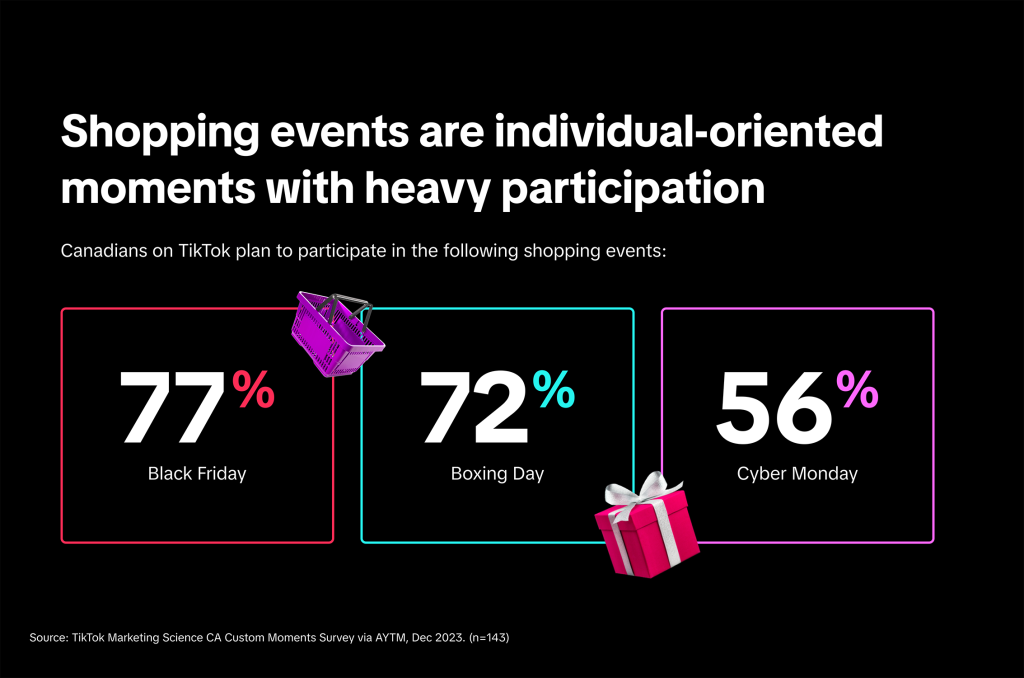Introduction
Definition and Importance of Value-Driven Content
Value-driven content is designed to provide genuine value to the audience by addressing their needs, solving their problems, or answering their questions. Unlike content that solely aims to promote a product or service, value-driven content focuses on the audience’s interests and requirements, thereby building trust and fostering long-term relationships. In today’s digital landscape, where consumers are bombarded with information, creating value-driven content is essential to stand out and engage your target audience effectively.
Understanding Your Audience
Conducting Audience Research
To create value-driven content, you must first understand your audience. This involves conducting thorough audience research to identify their demographics, interests, and behaviors. Utilize tools like Google Analytics, social media insights, and customer surveys to gather data on your target audience.
Identifying Pain Points and Needs
Identify the common pain points and needs of your audience. This can be achieved through direct interactions, such as customer service inquiries, feedback forms, and social media engagement. Understanding what challenges your audience faces allows you to create content that addresses these issues directly.
Types of Value-Driven Content
Educational Content
Educational content includes how-tos, tutorials, guides, and informative articles. This type of content helps your audience learn something new or improve their skills, establishing your brand as an authority in your field.
Entertaining Content
Entertaining content includes videos, infographics, memes, and quizzes. This content aims to amuse and engage your audience, making your brand more relatable and memorable.
Inspirational Content
Inspirational content includes success stories, motivational posts, and testimonials. This content aims to inspire and motivate your audience, often evoking emotional responses that strengthen their connection to your brand.
Content Creation Strategies
Tips for Brainstorming and Planning Content
Set Clear Objectives: Define what you want to achieve with your content. Are you looking to educate, entertain, or inspire your audience?
Research Thoroughly: Use tools like BuzzSumo, Google Trends, and keyword research tools to find popular topics and trends in your industry.
Create a Content Calendar: Plan your content schedule in advance to ensure consistency and timely delivery.
Collaborate with Your Team: Brainstorm ideas with your team to generate diverse perspectives and creative content ideas.
Importance of Quality Over Quantity
While it’s important to maintain a consistent posting schedule, the quality of your content should never be compromised. High-quality content is well-researched, well-written, and provides real value to your audience, making it more likely to be shared and engaged with.
Leveraging Different Content Formats
Blog Posts
Blog posts are versatile and can cover a wide range of topics in depth. They are great for SEO and can drive significant organic traffic to your site.
Videos
Videos are highly engaging and can be used to demonstrate products, share customer testimonials, or provide tutorials. Platforms like YouTube and social media make it easy to reach a broad audience.
Podcasts
Podcasts are excellent for sharing expert insights, interviews, and discussions on industry-related topics. They are convenient for your audience to consume on the go.
Social Media Posts
Social media posts allow for quick and interactive engagement with your audience. Use a mix of images, videos, and text to keep your content fresh and engaging.
SEO Best Practices for Value-Driven Content
Importance of Keyword Research
Effective keyword research ensures that your content is discoverable by your target audience. Use tools like Google Keyword Planner, Ahrefs, or SEMrush to identify relevant keywords with good search volume and low competition.
On-Page and Off-Page SEO Strategies
On-Page SEO: Optimize your content by including target keywords in the title, meta descriptions, headings, and body text. Ensure your content is well-structured with proper use of headings and subheadings.
Off-Page SEO: Build backlinks to your content from reputable websites. Engage in guest blogging, influencer collaborations, and share your content on social media to increase its visibility and authority.
Promoting Your Content
Strategies for Sharing Content Across Different Channels
Social Media Marketing: Share your content on platforms like Facebook, Twitter, LinkedIn, and Instagram. Tailor your posts to fit the platform and engage with your audience.
Email Marketing: Send newsletters or promotional emails to your subscribers with links to your latest content.
Content Syndication: Partner with other websites and platforms to republish your content and reach a broader audience.
Importance of a Content Distribution Plan
A content distribution plan ensures that your content reaches the right audience through the right channels. Plan your distribution strategy in advance, considering factors like timing, platform, and audience preferences.
Measuring Content Success
Key Metrics to Track
Engagement: Track likes, shares, comments, and other forms of engagement to gauge how well your content resonates with your audience.
Conversions: Measure how many visitors take the desired action after consuming your content, such as signing up for a newsletter or making a purchase.
Traffic: Monitor the amount of traffic your content drives to your website and analyze the sources of this traffic.
Tools and Techniques for Measurement
Use tools like Google Analytics, social media analytics, and CRM systems to track and analyze your content’s performance. Regularly review these metrics to understand what’s working and make data-driven decisions to improve your content strategy.
Case Studies of Value-Driven Content
Examples of Brands with Successful Content Strategies
HubSpot: Known for its extensive library of educational content, HubSpot’s blog covers a wide range of marketing, sales, and customer service topics.
BuzzFeed: Famous for its entertaining content, BuzzFeed uses quizzes, listicles, and videos to engage a massive audience.
TED: TED’s inspirational content, including TED Talks and articles, aims to spread ideas and inspire people worldwide.
Lessons Learned from Their Approaches
HubSpot: Consistent, high-quality educational content builds authority and trust.
BuzzFeed: Entertaining content can go viral and significantly boost brand visibility.
TED: Inspirational content can create a deep emotional connection with the audience.
Conclusion
Recap of Key Points
Creating value-driven content involves understanding your audience, choosing the right types of content, employing effective content creation strategies, leveraging different content formats, adhering to SEO best practices, promoting your content, and measuring its success.
Encouragement to Start Creating Value-Driven Content
Start by understanding your audience’s needs and creating content that genuinely addresses those needs. With a well-thought-out strategy, your value-driven content can engage your audience, build trust, and drive meaningful results for your business. Contact us today to audit your current strategy and how a collaboration with Amber 90 could improve your marketing and content efforts.












